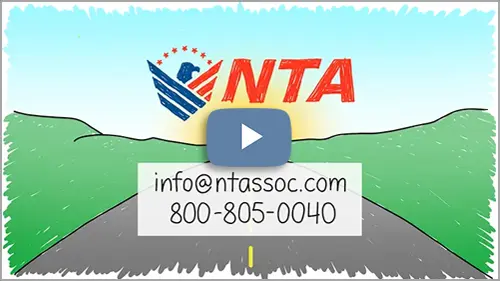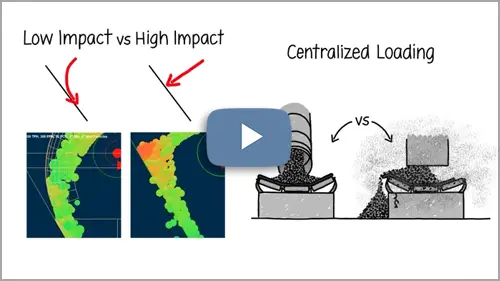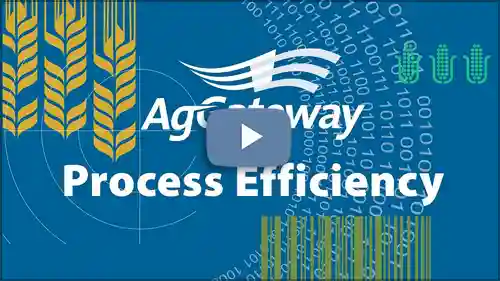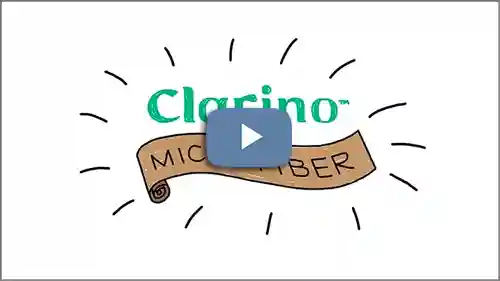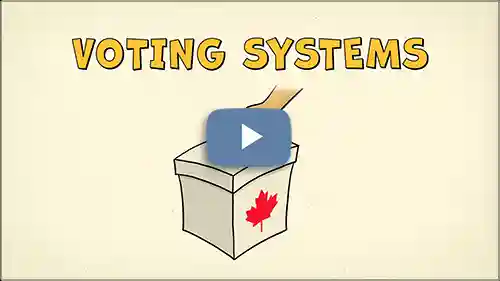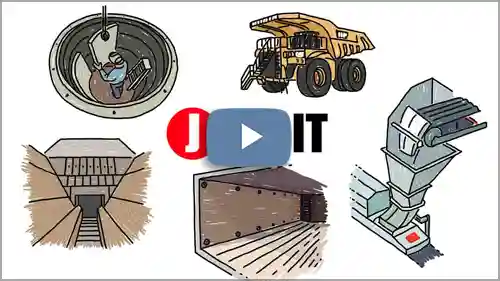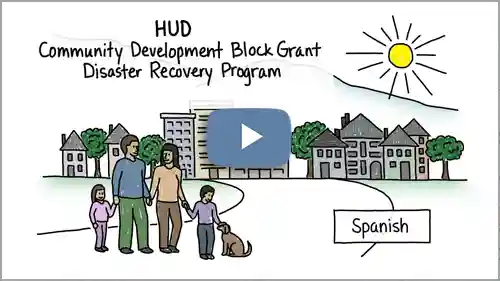1. Introduction to Explainer Videos
Explainer videos are short, engaging pieces of content that break down complex ideas, products, or services into easily digestible visual narratives. Their purpose is to simplify information, making it accessible and compelling to a broad audience. Whether you’re promoting a new product, explaining a service, or educating your audience on a technical concept, a well-crafted explainer video can be the single most effective tool in your marketing arsenal.
Why Explainer Videos?
- Enhanced Comprehension: They turn abstract or complex concepts into clear, engaging visuals.
- Increased Engagement: Videos naturally hold viewers’ attention longer than text.
- Conversion Booster: They effectively guide viewers toward a call-to-action, whether it’s signing up, purchasing, or learning more.
- Versatility: Suitable for a variety of platforms including websites, social media, presentations, and email marketing.
Establishing Authority: This guide is based on decades of combined experience in video production, digital marketing, and multimedia communication. It integrates best practices recognized by industry experts, supported by academic research, and validated by successful case studies.
2. Planning & Research
A meticulously planned project minimizes risk and ensures that your final video aligns with your strategic goals. In this phase, you lay the groundwork for a successful production by clearly defining your objectives, researching your audience, and organizing your resources.
2.1 Define Your Objectives
Key Questions to Answer:
- Purpose: Is your goal to inform, entertain, persuade, or instruct?
- Message: What is the single most important takeaway you want your audience to remember?
- Call-to-Action (CTA): What do you want viewers to do after watching the video (e.g., visit a website, sign up, contact you)?
Expert Tip: Write a detailed brief that outlines your objectives, target audience, key messaging points, and desired outcomes. This document should serve as a roadmap for the entire project.
2.2 Conduct Comprehensive Research
Market Analysis: Use industry sources like Gartner, Forrester, and industry-specific publications to understand current trends and identify content gaps. Analyze what competitors are doing and find your unique angle.
Audience Insights: Gather data on demographics, psychographics, and user behavior through surveys, social media analytics, and focus groups. This helps tailor your content’s tone, style, and complexity.
2.3 Budgeting & Scheduling
Budget Allocation: Break down costs into pre-production (research, scriptwriting, storyboarding), production (hiring talent, equipment, location fees), and post-production (editing, animation, voiceovers, music licensing).
Timeline Development: Define clear milestones for each phase (concept approval, script, storyboarding, production, editing) and always include contingency planning for unforeseen challenges.
Professional Insight: Use project management tools like Trello, Asana, or Microsoft Project to maintain schedule and budget control.
3. Scriptwriting & Storyboarding
Your script and storyboard are the blueprints of your explainer video. They dictate the flow, tone, and overall effectiveness of your final product.
3.1 Crafting a Compelling Script
Structure:
- Opening Hook: Capture attention within the first 5-10 seconds.
- Problem Statement: Clearly define the issue or challenge your audience faces.
- Solution Presentation: Introduce your product/service as the solution.
- Benefits & Features: Explain how your solution addresses the problem and what makes it unique.
- Closing & CTA: End with a powerful call-to-action.
Language & Tone: Use clear, simple language. Write in a conversational tone while remaining authoritative. Ideally, keep the script between 150-250 words for a 60-90 second video.
Iterative Process: Draft multiple versions, gather feedback from subject matter experts, and test the script with a focus group.
3.2 Developing an Effective Storyboard
Visualizing the Narrative: Break down the script scene-by-scene. Sketch each frame and add annotations for camera angles, transitions, and audio cues.
Tools: Use digital storyboarding software such as Storyboarder, Boords, or Adobe Illustrator to create a polished storyboard. Enable collaboration through cloud-based platforms for real-time feedback.
4. Production & Animation
This phase brings your storyboard to life. Whether you choose live action or animation, production quality is key to engaging your audience and delivering your message effectively.
4.1 Choosing the Right Production Style
Options:
- Animated Videos: Perfect for abstract concepts or when you need versatile visuals. Options include 2D, whiteboard, motion graphics, or 3D animation.
- Live-Action Videos: Ideal for building personal connections and demonstrating tangible products. Consider casting, location, and on-set logistics.
- Hybrid Videos: Combine live-action with animated overlays for dynamic presentations.
Decision Factors: Consider budget, brand identity, and audience preferences when choosing your style.
4.2 Production Setup & Execution
For Live Action: Invest in quality cameras, lighting, and audio equipment. Hire an experienced crew and scout appropriate locations.
For Animation: Utilize professional software like Adobe After Effects, Toon Boom Harmony, or Blender. Work with experienced animators and maintain a consistent style guide.
On-Set/Production Best Practices: Rehearse scenes, conduct regular quality checks, and be prepared to adjust production elements as needed.
5. Post-Production & Editing
Post-production is where your raw footage or animated sequences are transformed into a polished final product. Attention to detail is crucial to ensure that the narrative flows seamlessly.
5.1 Comprehensive Editing Techniques
Editing Workflow:
- Rough Cut: Assemble a basic structure by aligning scenes with your script.
- Fine Cut: Refine transitions, pacing, and visual effects.
- Sound Editing: Synchronize voiceovers, background music, and sound effects while balancing audio levels.
- Visual Effects (VFX): Integrate overlays, color grading, and other effects to enhance visual appeal.
Software Recommendations: Adobe Premiere Pro, Final Cut Pro, or DaVinci Resolve for video editing; Audacity, Adobe Audition, or Logic Pro for audio editing; and Adobe After Effects or Nuke for VFX.
5.2 Quality Control & Feedback Loop
Internal Reviews: Screen drafts with your team and stakeholders to catch inconsistencies early.
External Testing: Use focus groups to gather feedback on clarity, pacing, and engagement, and iterate accordingly.
Final Checks: Verify technical quality (resolution, aspect ratio) and ensure compliance with licensing and copyright requirements.
6. Distribution, Optimization & Analytics
Once your video is complete, it’s time to ensure it reaches the right audience and performs effectively. This stage focuses on strategic distribution, search engine optimization, and continuous performance monitoring.
6.1 Strategic Distribution Channels
Owned Channels: Embed videos on your website and blog, include them in email campaigns, and share on social media.
Paid Channels: Utilize platforms like Google Ads, Facebook Ads, and influencer partnerships to expand your reach.
6.2 SEO & Video Optimization
Optimize your video's metadata (title, description, tags) with relevant keywords. Provide transcripts to enhance accessibility and boost search engine indexing.
6.3 Analytics & Performance Metrics
Key Performance Indicators (KPIs): Monitor view counts, watch time, engagement rates, and conversion metrics. Use tools such as Google Analytics, YouTube Analytics, and social media insights to guide improvements.
Continuous Improvement: Use A/B testing and feedback integration to refine future videos.
7. Best Practices & Industry Tips
7.1 Storytelling & Narrative Techniques
- Focus on the Audience: Build narratives around viewers’ pain points and needs.
- Emotional Engagement: Use relatable scenarios, humor, or personal stories to evoke emotion.
- Visual Consistency: Maintain a consistent color palette, typography, and style to reinforce brand identity.
7.2 Technical & Creative Excellence
- Keep It Short & Sweet: Aim for 60 to 90 seconds to hold viewer attention. For longer content, consider segmentation.
- Clear Audio: Invest in high-quality voiceovers and sound design.
- Professional Production: Ensure top-notch production quality, whether live action or animated.
7.3 Testing & Iteration
Pilot Projects: Test your concepts with smaller projects before full-scale production.
Data-Driven Decisions: Use analytics and feedback to continuously improve your videos.
Stay Updated: Keep abreast of the latest trends, tools, and techniques through webinars and industry publications.
8. Case Studies & Real-World Examples
8.1 SaaS Product Explainer
Challenge: A complex SaaS product needed a video to explain its value proposition to a non-technical audience.
Process: Extensive research and planning were followed by a clear script and dynamic storyboard. The production used 2D animation, clean modern graphics, and a professional voiceover. Post-production integrated subtle motion graphics and sound effects.
Outcome: A 50% increase in website conversion rates and industry recognition for clarity and innovation.
8.2 Non-Profit Mission Video
Challenge: A non-profit needed to increase donor engagement and volunteer sign-ups by conveying its impact through storytelling.
Process: Utilizing focus groups to gather insights, the team crafted a heartfelt narrative combining real-life testimonials with animated overlays to highlight key statistics. The production blended live-action interviews with animated graphics.
Outcome: A 60% increase in donations and a significant boost in volunteer registrations, with the video becoming a benchmark for future non-profit communications.
9. Conclusion & Next Steps
This comprehensive guide provides a detailed roadmap for producing high-quality explainer videos that educate, engage, and inspire action. By following the outlined steps and best practices, you’ll be equipped to deliver videos that meet the highest standards of expertise, authoritativeness, and trustworthiness.
Action Plan:
- Revisit Your Objectives: Ensure your project goals are clearly defined and measurable.
- Assemble the Right Team: Bring together experts in scriptwriting, production, animation, and post-production.
- Pilot & Iterate: Start with a pilot project, gather feedback, and refine your approach before scaling up.
- Monitor & Optimize: Use robust analytics to track performance and continuously improve your videos.
About Clayton Commercial Arts
At Clayton Commercial Arts, we believe your brand deserves a distinct voice and a compelling story. I’m Louisa—the creative force behind our agency—and I specialize in crafting messaging and visuals that cut through the clutter, build trust, and deliver exceptional results for your business.
With over three decades of experience in visual storytelling, our journey began as a small design studio in the late 1980s and has evolved into a full-service creative powerhouse. Our team combines advanced degrees in art, design, marketing, and architecture with hands-on expertise to consistently push creative boundaries and deliver unmatched quality.
My own background—a Bachelor of Arts in Art from the University of Washington, complemented by further study at the University of Virginia School of Architecture—blends creative design with structural precision. This unique approach has allowed us to build lasting partnerships with leading brands like National Geographic, Chase, Microsoft, and Duke Health.
At Clayton Commercial Arts, collaboration is at the heart of what we do. Our specialists in digital marketing, copywriting, and multimedia production work together seamlessly to transform your vision into captivating narratives that resonate with your audience and drive measurable growth.
Using cutting-edge tools—from Adobe Illustrator and Photoshop to After Effects and Premiere Pro—we not only keep pace with industry trends but lead them. Whether it’s designing mobile-friendly websites, creating high-impact explainer videos, or producing striking print materials, our commitment is to ensure your message stands out and connects with the right people.
When you work with us, you’re not getting a one-size-fits-all solution. You’re investing in a tailored, creative partnership dedicated to elevating your brand and building your legacy for years to come.
